Environmental awareness is at the heart of many contemporary global movements. The public is shown the reality and effects of consumerism on the planet through various campaigns with the aim of changing worldviews and sprouting conscientious individuals. Art has always been one of the central players in several political movements, and concern for the environment is one of them. A number of artists have focused on depicting environmental devastation through art-making, hence, the birth of trash art or junk art. But what is trash art? Also recently called by many names like eco-art, upcycled art, recycled art, or sustainable art, trash art is a subgenre of found objects, an art form which can be traced down to the French objet trouvé, featuring artworks made of discarded objects.
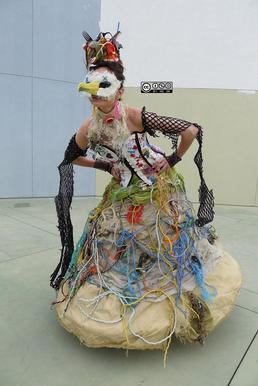
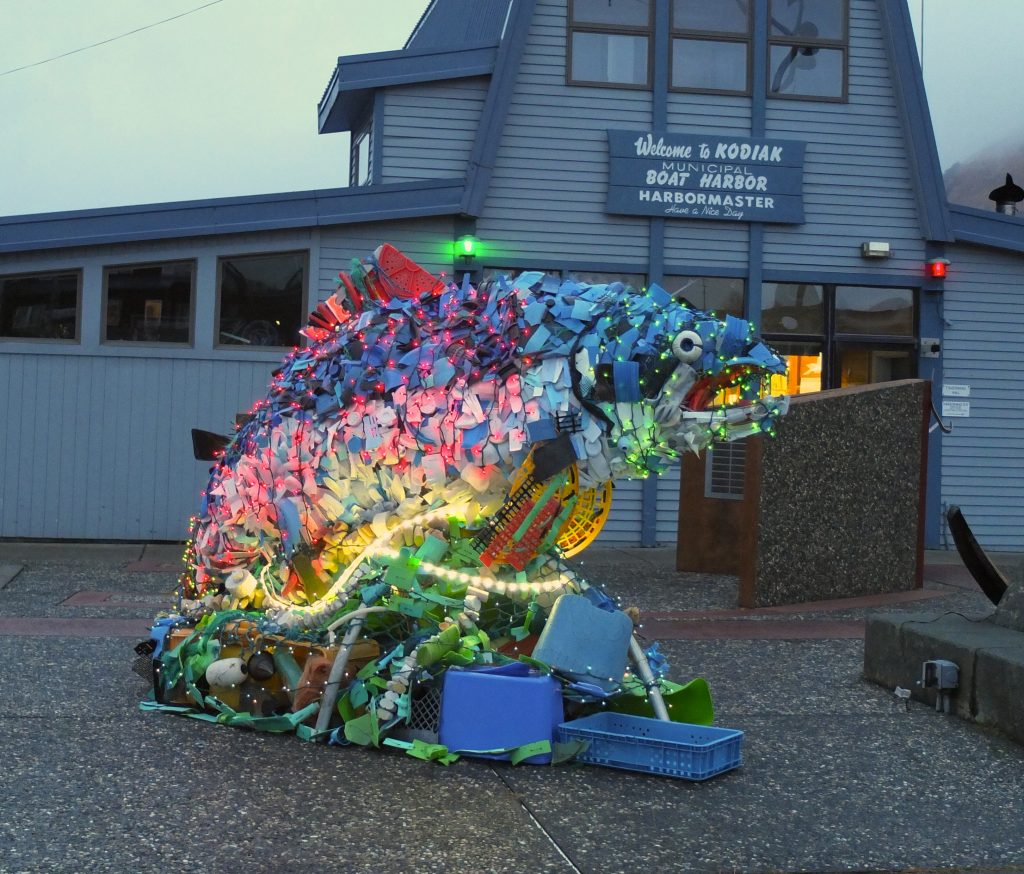
One of the pioneers of the art form was Pablo Picasso, for being the first to publicly introduce it through one of his paintings, titled “Still Life with Chair Caning” (1912), when he glued a print image of a chair caning on the artwork. On the other hand, Marcel Duchamp, whose works were associated with Cubism and the Dada movement, developed the concept into a full-blown art form with a series of “ready-mades”, which includes his most famous work, “Fountain” (1917), a standard urinal placed on its back on a pedestal.
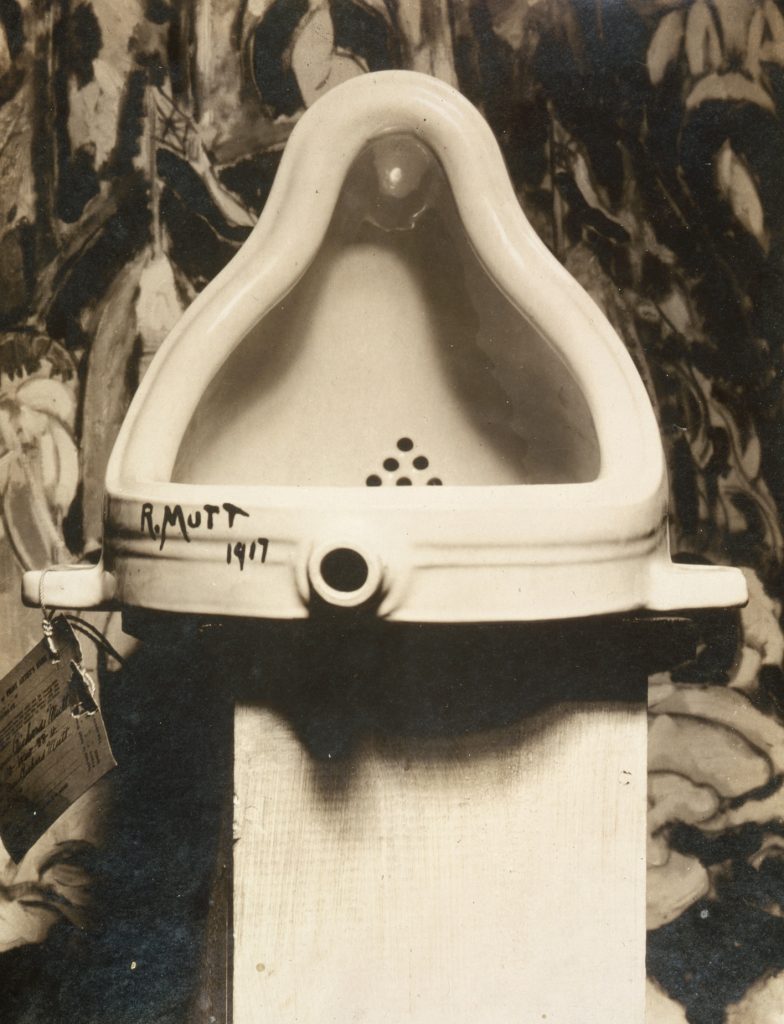
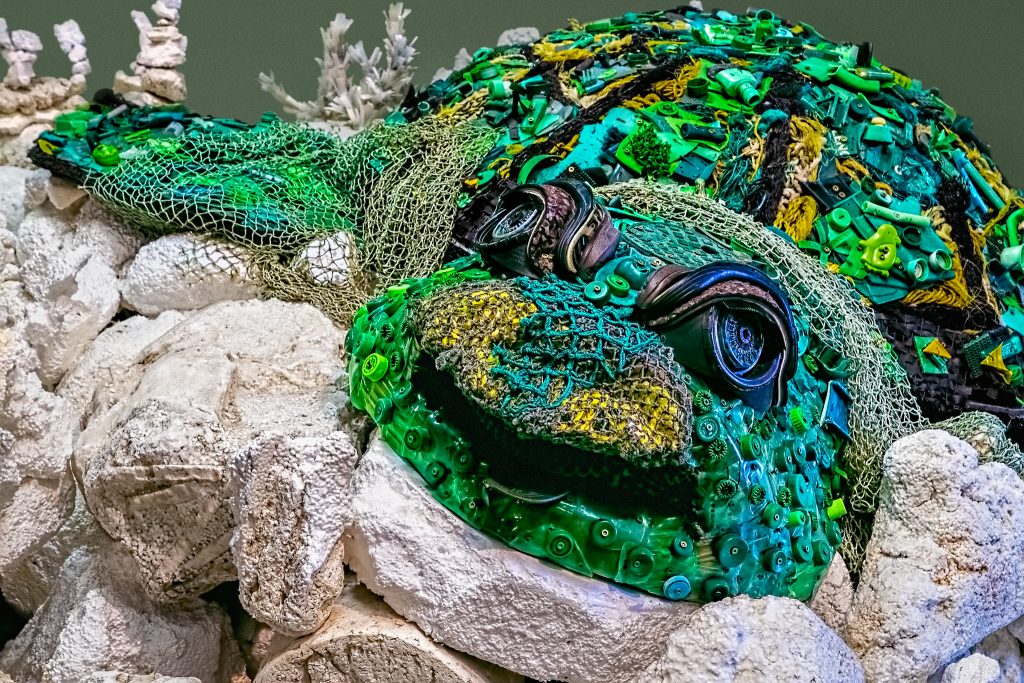
Trashion is one example of trash art. As the name suggests, it is fashion weaved out of trash. Marina DeBris is one of the prominent fashion artists who created dresses and vests from beach garbage. The Spanish artist, Francisco de Pajaro, is known in London for his street art made out of trash, titled “Arte es basura” (Art is trash).
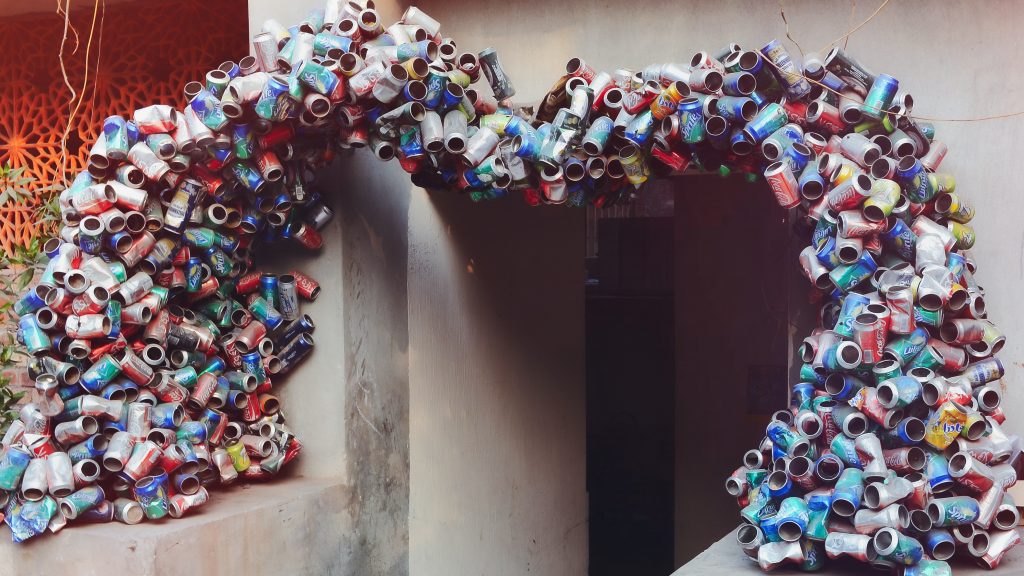
Nowadays, many artists have dedicated their talents in the genre to make a statement, a protest, to ensure that trash art makes a difference in a world consumed by materialism. These are artworks especially made of plastic bags, bottles, cans, and other non-biodegradable waste that end up in landfills, pollute the oceans, and pose a threat to the planet.
Amid rapidly growing technological advancements, trash art is becoming an important art form today, as environmental awareness is a significant response to these developments, opening up a dialogue on the subject of environmental protection and urging leaders to lobby for it. It is an essential movement that teaches generations to come to the importance of safeguarding and respecting the environment and its inhabitants, whether human or nonhuman.






















0 Comments for “More Than Meets the Eye: What Trash Art Teaches Us about the Environment”